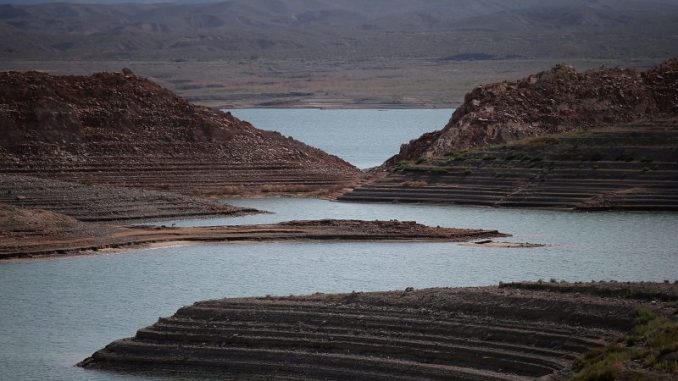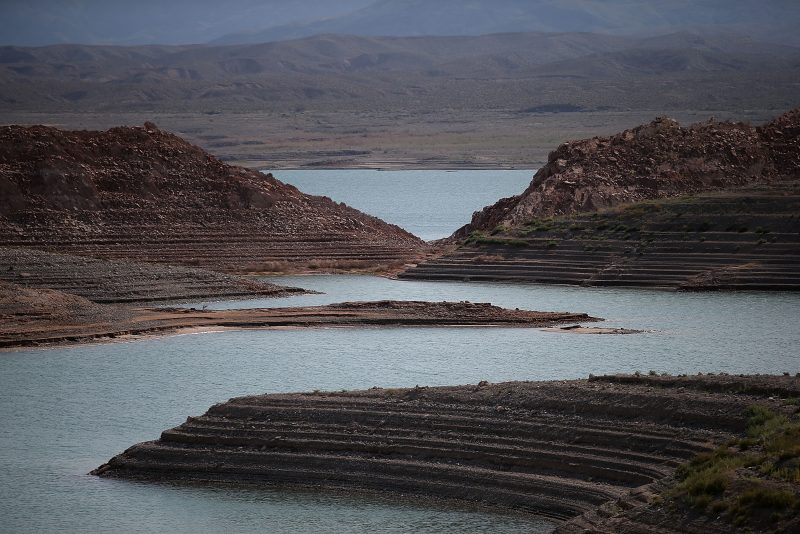

OAN’s Stephanie Stahl
4:01 PM – Friday, October 13, 2023
Nevada officials are warning visitors about a deadly organism that has been found in the waters of a popular hot spring near the Hoover Dam.
Advertisement
The organism, Naegleria fowleri, or N. fowleri, causes a rare infection which destroys brain tissue, causing brain swelling. The infection has a 97% fatality rate.
Lake Mead National Recreation Area issued a statement, urging visitors to take precaution.
“Naegleria fowleri has been found in hot springs. This amoeba enters through the nose and can cause a deadly infection that causes a sudden and severe headache, fever, and vomiting,” a spokesperson for Lake Mead said.
The amoeba is a minuscule single-celled organism that thrives in warm freshwater environments like lakes, rivers, and ponds. It cannot survive in saltwater, like the ocean, or in properly treated drinking water and swimming pools. The “brain-eating” amoeba is not transmissible from one person to another.
The national recreation area has advised visitors to avoid diving, splashing water, or submerging in hot spring waters.
Health officials say the amoeba can enter the body through the nasal passage. It then migrates through the sinuses to the brain. This triggers a rare and fatal brain infection called “primary amebic meningoencephalitis.”
In the early stages, patients typically experience symptoms such as headaches, fever, nausea, and vomiting. However, in the following days and weeks, they may also suffer from hallucinations and seizures.
Each year, there are millions of encounters with the amoeba, but infections for N. fowleri are rare.
According to the CDC, there were between zero and five diagnosed cases annually from 2013 to 2022. However, the risk of infection is elevated during the warmer months, particularly in July, August, and September.
In July, a two-year-old boy died in Nevada after contracting the infection while swimming in Ash Springs. A Georgia resident also died from N. fowleri after reportedly swimming in a freshwater lake or pond.
The Center for Disease Control and Prevention (CDC) advises swimmers to avoid diving, jumping, submerging their head underwater, or engaging in activities that might lead to water entering their nose.
The brain-eating amoeba is more likely to be lurking in the sediment at the water’s bottom. Swimmers should refrain from stirring up the sediment, according to the CDC.
Infections usually occur in males aged 14 years and younger, although the reasons behind this pattern are unclear.
Some experts suggest that the increased reports of Naegleria fowleri infections may be linked to climate change.
The CDC’s website cites “rising air temperatures” have led to warmer temperatures in freshwater environments, creating a more conducive environment for the amoeba to thrive.
Stay informed! Receive breaking news blasts directly to your inbox for free. Subscribe here. https://www.oann.com/alerts
Advertisement

Be the first to comment